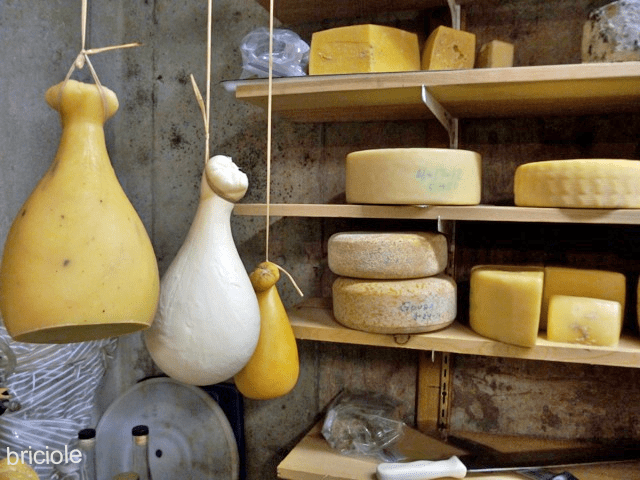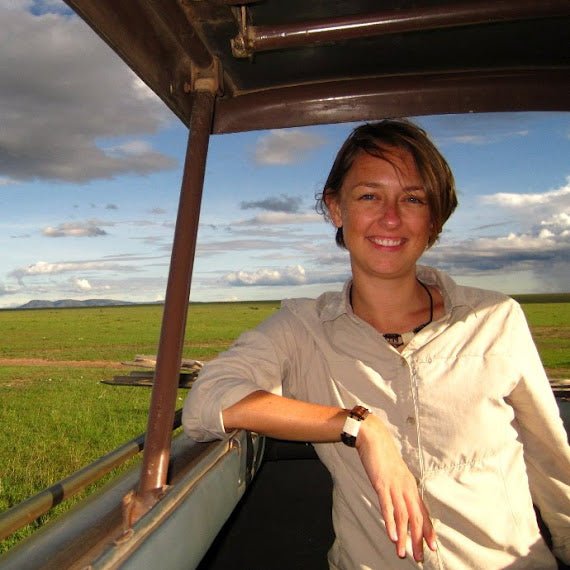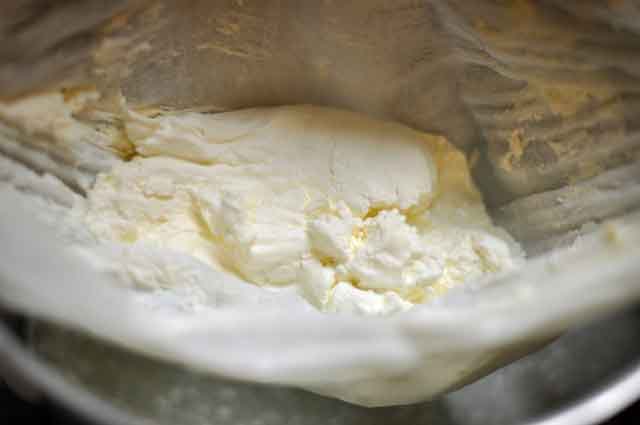She’s still learning “after all these years.”
You know a cheese maker is serious when she flies from her home in northern California to our neck of the woods, Massachusetts, twice to attend one of Jim Wallace’s advanced workshops.
When she attended her first workshop in May, 2011, on French Cheese Making
she made Reblochon, Brie and Tomme de Savoie. At the second workshop
(described below), she made three Italian cheeses: Caciocavallo,
Taleggio and Bel Paese.
Simona Carini learned a lot at these workshops and her fabulous blog, Briciole is full of pictures and stories about her cheese making adventures.
She has been a guest cheese maker several times here at our own blog with her tutorials on making Robiola and Kefir Cheese, as well as her overview of the cheeses she made in 2011 and her first trip to our area, Notes From One of Jim Wallace’s Workshops.
So, without further adieux, here, straight from her fabulous blog, Briciole, is Simona’s account of her second workshop with Jim Wallace:
weekend of cheese
 |
| cheese tasting tray |
A year ago, I attended my first cheese making 201 workshop with Jim Wallace and told the story in this post. It was a great experience, so last month, I traveled again to attend my second workshop with him: it was an excellent choice. During the two-day workshop, we made three Italian cheeses: caciocavallo, Taleggio and Bel Paese. We also tasted cheeses made by Jim (photo above) and by other students. From the top left corner and going around clockwise: robiola, toscano pepato, Bel Paese, caciocavallo, tomme au marc, cabra al vino, Taleggio. My favorite is the tomme au marc, a tomme aged buried in the grape skins and seeds left over from making wine. The cheese acquires subtle wine notes that are surprising and delightful.
 |
| caciocavallo curds draining before being molded |
Caciocavallo is a pasta filata cheese from Southern Italy: I tasted and fell in love with it the first time when I visited Calabria as a teenager. If you don’t know what pasta filata means, the photos will clarify the concept.
 |
| setting the stage for the next phase |
When the drained curd mass reached the desired pH, Jim cut it in half and then cut each piece into strips and
placed them in a bowl. The photo above shows the first half prepared for
the next phase.
 |
| testing the stretch |
Jim then added hot water in stages to the bowl to warm up the strips. Above, he tests a strip by stretching it.
 |
| making caciocavallo: stretching the curd |
When the desired stretch is reached, the strips are worked together into a mass, then stretched, folded, and shaped. Finally, the cheese is immersed into cold water to firm up.
 |
| caciocavallo hanging to age |
The first caciocavallo on the left is missing its bottom part: we ate it during the cheese tasting. The one next to it was made the day before the workshop. When I took the photo, the two caciocavallo we made in class were resting in the brine.
 |
| taleggio in the mold: early phase of draining |
Then we made Taleggio, a washed-rind cheese I first tasted when I moved to Milan. At the point shown in the photo above, the curd mass was still draining, and during that time, it was flipped into the mold. After the first turn, the surface showed the pretty mold pattern.
 |
| pressing curds on one side of the pot |
The second day, we made Bel Paese (about which I wrote some notes it in this post).
In the photo above, Jim is adjusting the cloth to smooth it out.
 |
| elegance of the folds |
This beautiful cheese cloth is made of linen: it falls down into elegant folds. All the cheeses we made during class require aging, so we did not taste them. However, at the time of writing, I have a report saying that they are all doing well.
Besides talking about and making cheese with Jim and the other students, I did a few other things during the weekend, starting with meeting Jeri, who writes the New England Cheesemaking Supply Company blog. We corresponded a bit during the last year, so meeting her in person was very nice. We spent a late afternoon chatting, and together we visited a dream place for a home cheese-maker: a farm that sells certified raw milk (where I am, the sale of raw milk is illegal).
During the weekend, my husband and I wandered a bit around Shelburne Falls. First of all, we visited the store of the cutlery manufacturer Lamson & Goodnow. Last year, I took a lot of photos of the building, but did not go inside.
My husband got me a gift at the store: a knife to cut hard cheese.
Shelburne Falls is famous for its Bridge of Flowers (ponte dei fiori). The post from last year’s visit has some photos of it. Here are two images that are a bit different. As I was walking on the bridge, I noticed the reflection of the building above on the Deerfield River.
 |
| Bridge of Flowers |
And this is an image of the Bridge of Flowers taken from the parallel bridge, called the Iron Bridge, which is used by cars and has also a pedestrian lane.
A view of the Iron Bridge from the Riverwalk (on the Buckland side). In the foreground, you can see some of the damage caused last year by Hurricane Irene. A year later, I still like the red paint on the building in the middle a lot.



















































































































































